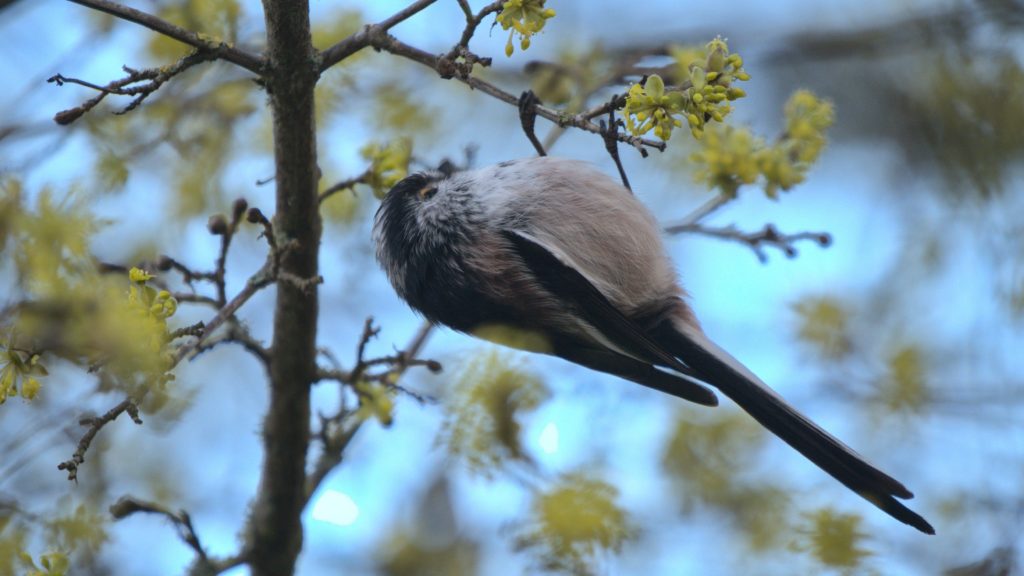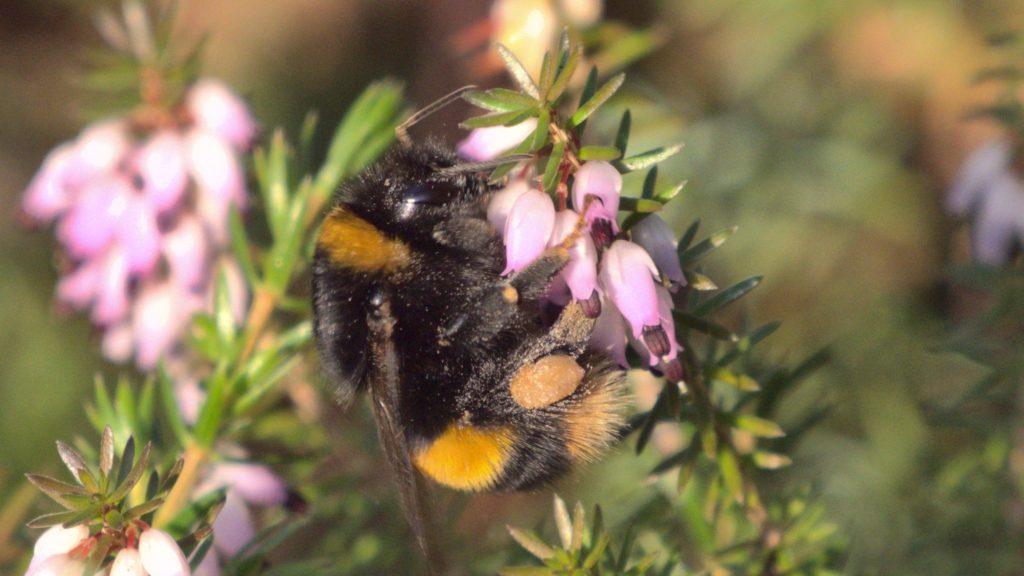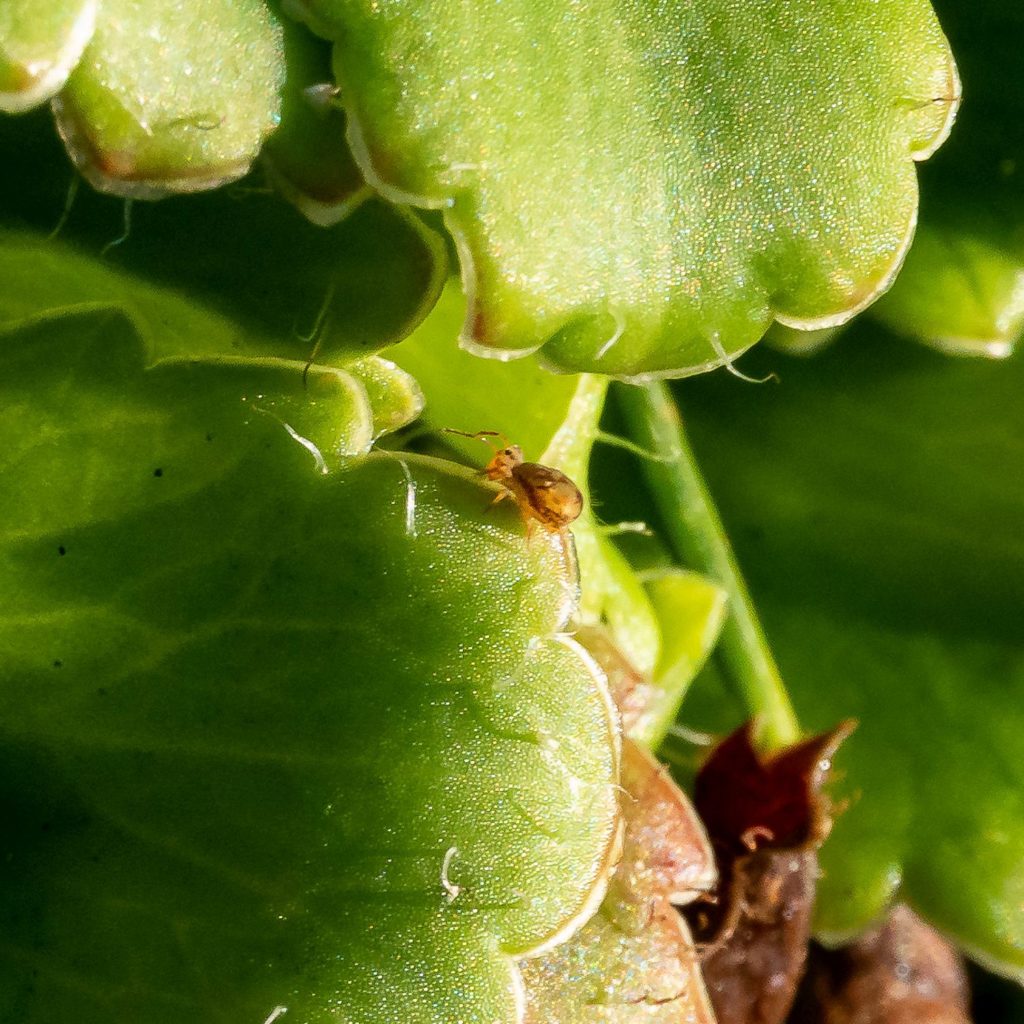
January 2020 was a dull and rather wet month at RBGE. There were only 46.5 hours of sunshine, about twelve hours less than in December 2019, with the most in any one day being 5.5 hours. Total rainfall was 71.4 mm, about a quarter of which (18.6 mm) fell on 28th. The highest maximum temperature was 13.8°C and the lowest air minimum -2.0°C, while the means were 9.1°C (maximum) and 4.5°C (minimum). There were only three nights with significant air frosts, but on most nights mid-month (9th-20th, except 11th) there were ground frosts, as well as on some nights at the very beginning and end; the lowest grass minimum was -7.6°C. Apart from the planned closure on New Year’s Day, the Garden was closed due to bad weather for most of 7th, 15th and 30th although recording was possible before those closures took place.
There was one new Garden wildlife record during January (see under Birds below). Consequently, the total wildlife species rose from 1,131 at the end of last year to 1,132.
Birds: Thirty-six bird species were recorded at RBGE during January 2020. By far the most exciting records were of Tree Sparrow on two occasions (22nd, and again during the RSPB Birdwatch event on 27th). Tree Sparrow is a new record for the Garden and a very notable one; they are much scarcer than House Sparrows and more typical of open farmland than of city suburbs and parks. They can easily be distinguished from House Sparrows (already on the Garden’s list, although they have not been seen for some time) by their chestnut caps, and by the bright, white cheeks each with a couple of black spots. Goosander visited on 20th and 30th and Pink-footed Geese over-flew on 10th and Oystercatchers on 2nd, 10th and 28th. There were 16 records of Grey Heron, 13 each of Great Spotted Woodpecker and Redwing, 11 of Sparrowhawk, and five of Grey Wagtail, but only 4 of Nuthatch and 3 of Kingfisher (last seen on 10th). The Collared Doves that went on ‘temporary vacation’ from the Garden during December returned and were seen on five different January dates. Birds that went unrecorded in January included (among others) Blackcap, Song Thrush, Stock Dove and Tawny Owl . The complete list of 36 species recorded during January 2020 was: Blackbird, Black-headed Gull, Blue Tit, Bullfinch, Carrion Crow, Chaffinch, Coal Tit, Collared Dove, Dunnock, Feral Pigeon, Goldcrest, Goldfinch, Goosander, Great Spotted Woodpecker, Great Tit, Greenfinch, Grey Heron, Grey Wagtail, Herring Gull, Kingfisher, Long-tailed Tit, Magpie, Mallard, Mistle Thrush, Moorhen, Nuthatch, Oystercatcher, Pink-footed Goose, Redwing, Robin, Siskin, Sparrowhawk, Tree Creeper, Tree Sparrow, Wood Pigeon, Wren.
Mammals and amphibians: Foxes were recorded twice (16th and 28th) and Badgers’ nocturnal grubbing activities were evident on the lawns. Amphibians continued hibernating with none being recorded.

Insects and other invertebrates: Although no butterflies were seen during January, there was one moth record, of the micro-moth Blastobasis lacticolella (London Dowd) on 2nd, which also had the honour of being the Garden’s first insect record of 2020. The earliest bee record was of a Buff-tailed Bumblebee on 8th, the only bee seen during the month (photo above). No bugs were reported but there were three records of Rosemary Beetle (6th, 16th and 17th), while a Pine Ladybird was spotted on 12th. Marmalade Hoverflies were seen as early as 5th, and again on three occasions towards the end of the month (19th, 21st and 23rd). A fly species, Phaonia subventa, was recorded several times and a cranefly photographed on 12th so far remains unidentified. The Garden’s second record of the tiny globular springtail species Dicyrtomina ornata (photo below) was made on 27th. A small spider, resembling a wolf-spider, was seen on 2nd but has not yet been identified.

